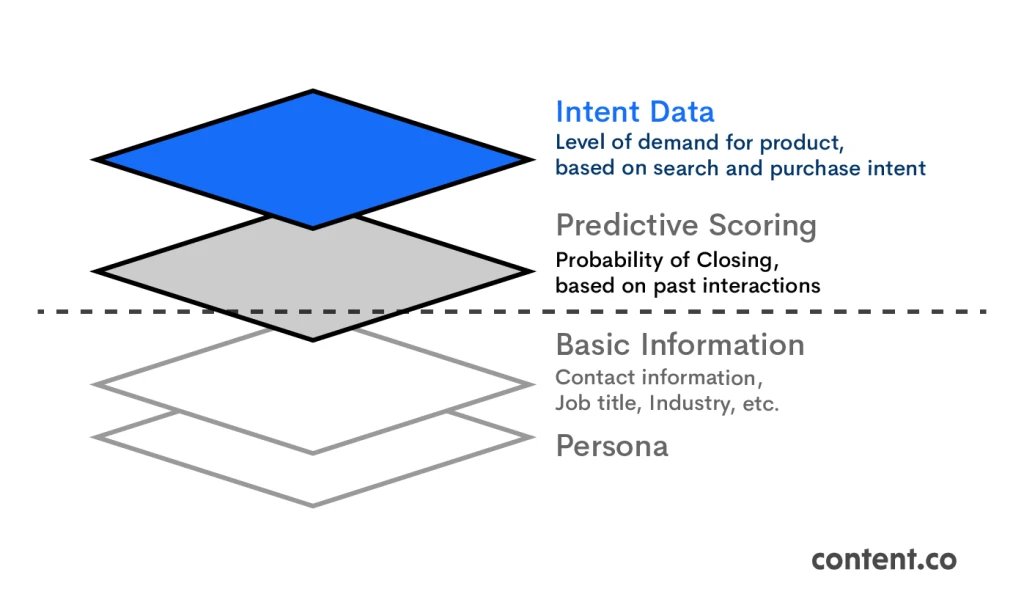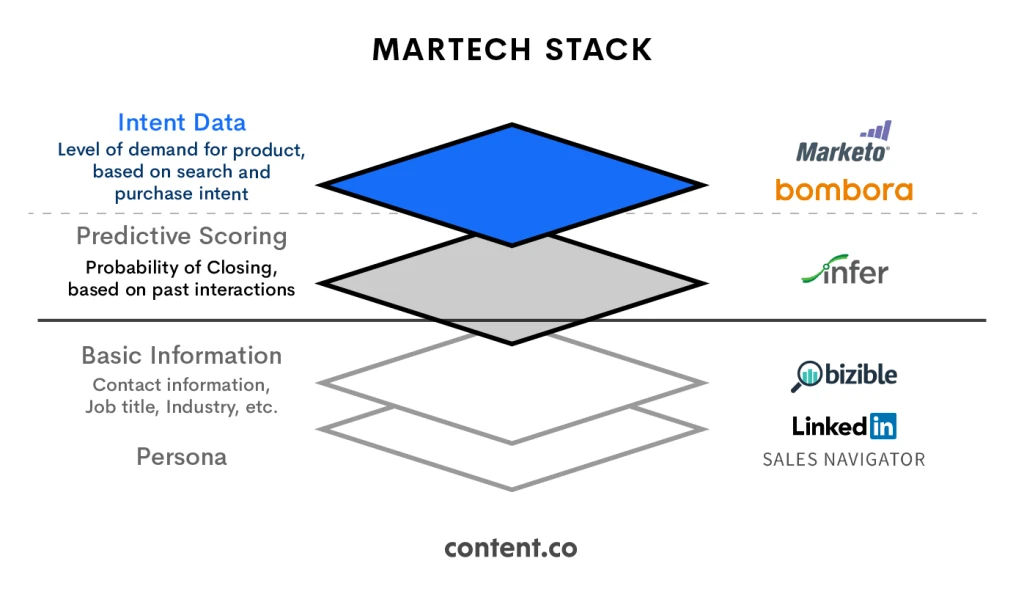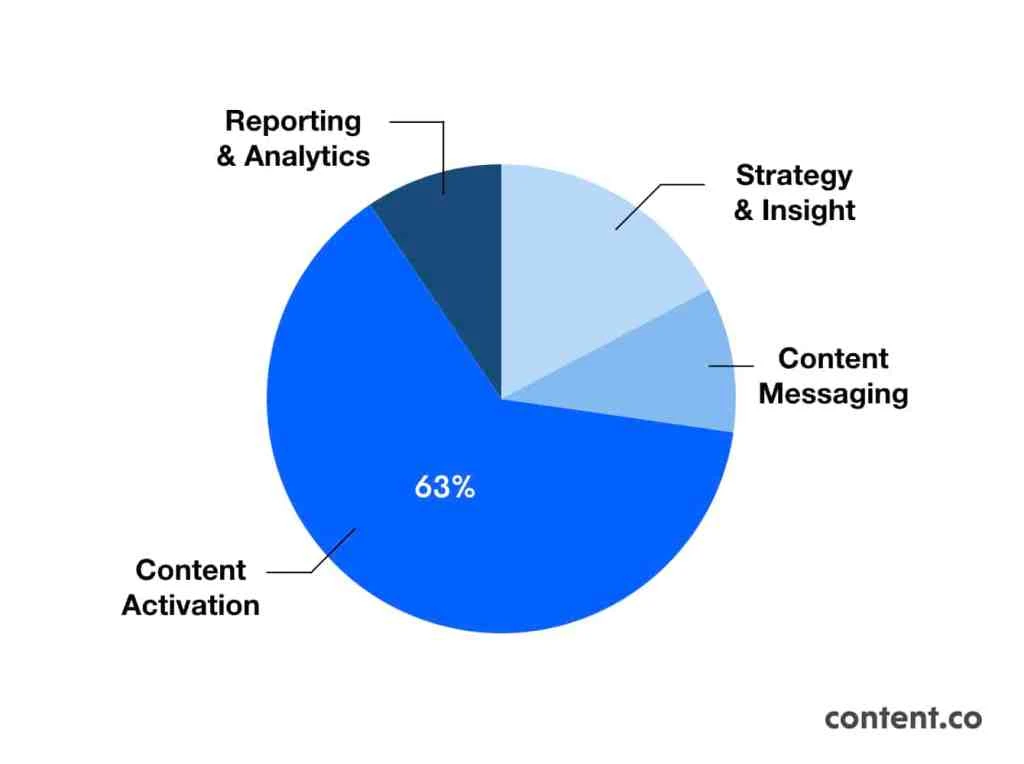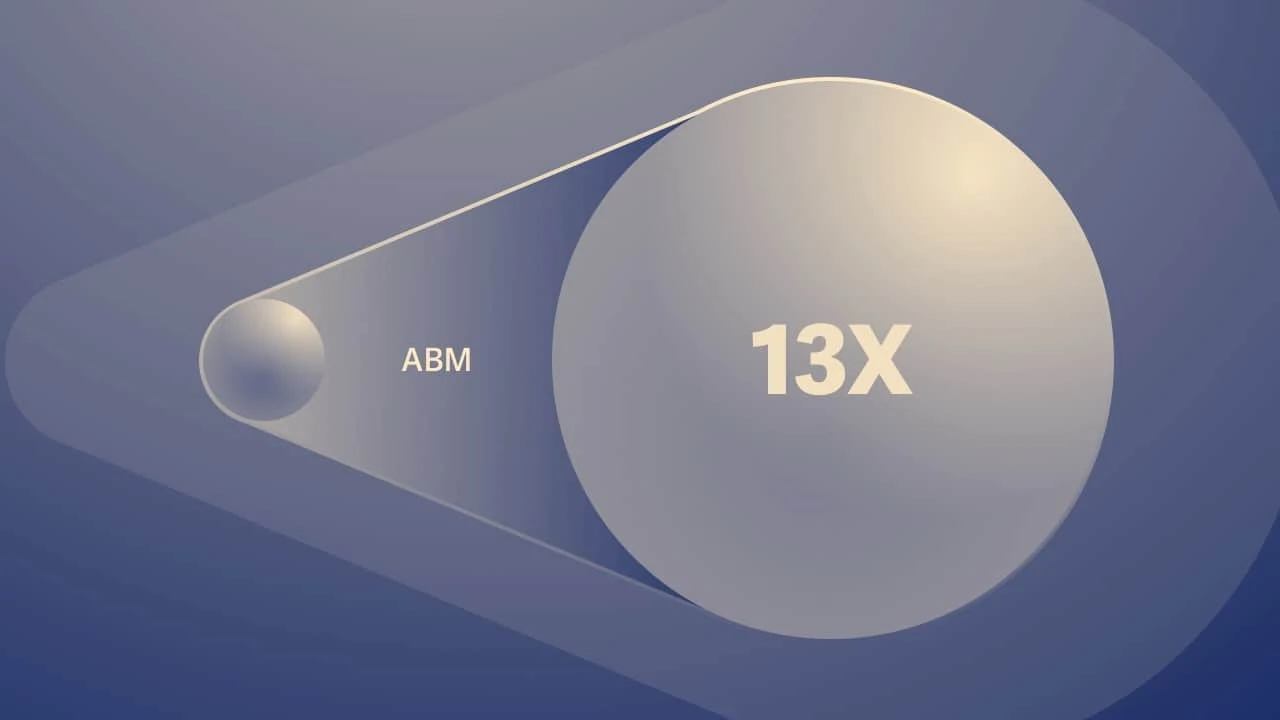When Couchbase launched the Engagement Database in 2017, it was a solution that this customer-experience-obsessed age was waiting for.
The Engagement Database allowed companies to build apps upon dynamic data, at any scale, across any channel or device. Just imagine a shape-shifting machine that tells you what you want to hear when you want to hear it. Yet, awareness of Couchbase was limited to a very niche audience – developers with highly technical database expertise.
Their existing client base consisted of technical experts and developers who had knowledge about the different types of databases. This meant a smaller market size for Couchbase. (Case in point, LinkedIn developers chronicled their journey of working with Couchbase, starting with a small project in 2012, just as a proof of concept.) The combined market share and revenue generated from Couchbase and similar database providers (built on NoSQL technology) was just a small fraction of what large heritage providers like Oracle and mySQL commanded. In other words, they were taking home just a sliver of the pie.
The marketing team was thus tasked with raising awareness amongst a new audience (largely enterprises) for their new flagship product and upselling to existing high-value customers. First, the company needed to widen their reach to buyers and decision makers who weren’t as technically-minded as their existing customers. Next, to increase the value of existing enterprise deals, they needed to encourage these accounts to expand their usage to bigger projects. With these business goals in mind, account-based marketing seemed like the most efficient way forward.
Couchbase, like most B2B marketers, already had a semblance of what the ideal customer looked like. Account-based marketing and its accompanying stack of tools helped the Couchbase team turn an “ideal customer criteria list” into a tangible set of accounts with real, identifiable traits and data. This information takes the guesswork out of who the target customers are, what they care about and when they are looking for a solution.
Just a year into implementing account-based marketing (since 2017), Couchbase added large enterprises such as Verizon, Cisco, and Carrefour to their growing client list. The campaign also saw an ROI of 10X the budgeted amount and a 13X increase in the average deal amount. Here’s what we learned from their account-based marketing strategy.
Implementing Account-based Marketing Right
Turning the Funnel Upside Down
The first lesson learnt from Couchbase’s account-based marketing campaign is to flip the lead generation funnel and place the customer at the centre.
Old Versus New: The Marketer’s Journey
Awareness, interest, consideration, and purchase — we’re all familiar with the age-old lead generation funnel. It’s the strategy of casting the widest net possible and trusting that our ideal customers will swim through the carefully crafted funnel to become a paying customer. Yet, less than 1% of all leads will ever become customers. That seems like a huge waste of marketing dollars. Couchbase’s account-based strategy calls for the marketing model to be flipped, focusing on identifying, expanding and engaging customers.
Here’s a diagram that illustrates this unconventional funnel and how it’s different from the traditional funnel.

Employing the traditional lead-generation model, Couchbase marketers spent time building a well-oiled machine that captures and feeds prospective customers with content built around broad personas. The onus is on the customer to navigate his or her way through this funnel and eventually become a paying customer.
The flipped funnel proposes that marketers should return to the driver’s seat, making it the marketer’s journey. We trace this journey with Couchbase’s experience with account-based marketing.
Identify Meticulously
The beating heart of any account-based marketing campaign is the ideal customer profile. Much of the work that goes behind identifying accounts rely on data from successful deals. This is where alignment with the sales team becomes crucial. Coupled with predictive data and deep insights from marketing tools, they were able to produce a definitive list of accounts to target.
Expand Rigorously
Expanding on this coveted list, Couchbase marketers had to determine who the decision makers were within each account. The sales team at Couchbase were able to use LinkedIn Sales Navigator to put a name to the decision makers within key accounts. A preliminary review of key accounts and their respective decision makers showed that they needed to expand their reach to IT strategists and Business Strategists, not just technical IT experts.
Recognizing that there was more to personalization than just finding out their job title, the marketing team had to construct comprehensive personas, consisting of their specific pain points, reservations, decision making role and content consumption habits, all backed up by data points. Persona workshops were conducted for customer-facing executives to help them understand these personas better, from their main roles and responsibilities to their pain points, reservations to content consumption habits.
Sales Readiness Workshops
-
Provides presentations, pitches and playbooks for sales reps
-
Simplified content creation for easy dissemination
-
Mobile app kept them up to date with the latest product development, customer success stories and competition
-
Role play to sharpen skills when engaging with accounts
Engage Accurately
Armed with meticulous research and analysis of their ideal customers, the Couchbase team was ready to engage with carefully crafted marketing messaging, tailored for each individual within target accounts.
To ensure accuracy and consistency across Couchbase’s staff, they created playbooks that illustrated how marketing and sales teams could best speak to prospects at a personal level. This came in the form of a content research document for the content marketers on the team and a conversation guide for sales reps. Every content produced and every conversation with these key accounts was tracked and logged. They are essentially building a storehouse of data that later informs how they should best move forward to win bigger deals.
Using Purchase Intent to Prioritise Key Accounts
A good account-based marketing strategy involves the strategic use of tools to uncover deeper insights into prospective customers, going beyond the obvious.
For Couchbase, purchase intent was a key factor in its account-based marketing strategy’s success. While many businesses are accustomed to using internal lead scores generated by their sales teams, predictive analytics tools available today can help to predict the closing probability of prospective customers based on past interactions and behaviours. Couchbase took it a step further by combining predictive scoring with intent data to add an extra layer of insight when prioritizing key accounts.

The diagram illustrates the types of information that you can acquire from customers and how each layer adds further depth to our understanding of each target.
No More Guessing
We dig deeper into how Couchbase turned customer purchase intent into their winning strategy. Firstly, the marketing team at Couchbase compiled a keyword list that was relevant to their business and product. Reverse engineering a customer’s search intent is nothing revolutionary, though the process is admittedly a lot of guesswork. Intent data platform, Bombora, gives Couchbase a clear look into real market demand. The marketing team was then able to identify companies that had already shown interest in its services. This was crucial to the process of prioritizing accounts.
Harnessing Intent Data
The “intent engine” filters out companies that have actively searched for and consumed content around a topic, within a specified timeframe.

Bombora in use — Companies interested in the topic “Enterprise Database” Source: Marketo Webinar
A snippet of the information that Bombora provides reveals company names and their respective scores. The score works like a relevancy meter that helps the user gauge how relevant the content consumed by this account is to a given topic. Leveraging this, the team at Couchbase could accurately rank their identified accounts, pinpoint individual decision makers within, and also discover new accounts.
Note: Bombora also keeps an eye out for companies that are searching for keywords relevant to users, keeping the process highly automated. To put things into context, when there is an increase in content consumption around “enterprise data” by B2B buyers, Couchbase will be kept updated on market demand and purchase intent.
A lot of the preparatory work done in the early stages of account-based marketing contributes to the campaign’s ability to deliver the right message to the right person at the right time and place. Harnessing the full power of intent data and building upon the trove of information that they have compiled, Couchbase was also able to execute the campaign with full confidence, having minimised the possibility for failure.
Note: Bombora is an intent data platform that leverages 6 billion monthly interactions to provide insights on how millions of business users engage with content. Couchbase layered Bombora’s relevancy score with its own internal lead score to screen for high-priority accounts.
Strategy and Results
Marketing Stack
Here are the specific tools Couchbase used to unlock each layer of data.

Activation
These are the other marketing initiatives Couchbase activated alongside their account-based marketing campaigns.

Programmatic Ad Campaign
A breakdown of their programmatic campaign budget of $148,000 over a period of over 10 months revealed that the bulk of it was spent on content activation. A large portion of the content activation cost is dedicated to micro-ad targeting and media spend.

Breakdown of account-based marketing campaign budget
Impact
The Couchbase team saw a direct impact on revenue growth from its account-based marketing efforts. $1.5 million of their sales pipeline was attributed to account-based initiatives. Highly engaged accounts are being moved to Phase Two of the campaign: Account Acceleration. And because an account-centric approach allows Couchbase to spend more time on better leads, sales reps devotes more sales hours per key account and the sales team was able to close more deals, at a lower cost per conversion.
Next Steps
Flip the funnel to focus on the customer
It’s about time we stop wasting resources waiting around for the perfect lead to come through the funnel. Start by identifying your target accounts and placing them at the centre of your marketing efforts. When building your target account list, ask yourself these questions: Who are the decision makers? What roles do they play? What are their challenges? When you’ve built a solid case, it’s time to engage your target accounts based on their interests and buying intent.
Unlock Game-changing Insights
Marketers spend a lot of time groping in the dark, unsure of the who, what, how and when of customer engagement. New marketing technologies unlock access to crucial information that helps us deliver the right message to the right people at the right time and place. Couchbase leveraged purchase intent to not just prioritize the right accounts to target, but to stay one step ahead of competitors.
SOURCES
-
Bombora Company Surge for Marketo
-
Marketing Automation with Dynamic Purchase Intent Data from Bombora (Webinar)
-
Couchbase Builds +$700K Pipeline with IKO
-
How Couchbase Successfully Implemented A Social Selling Program (Webinar)
-
Couchbase Highlights Strong Momentum and Accelerated Growth
-
How Couchbase’s ABM campaign generated $1.5m sales pipeline through deep audience insights
-
Freepik
